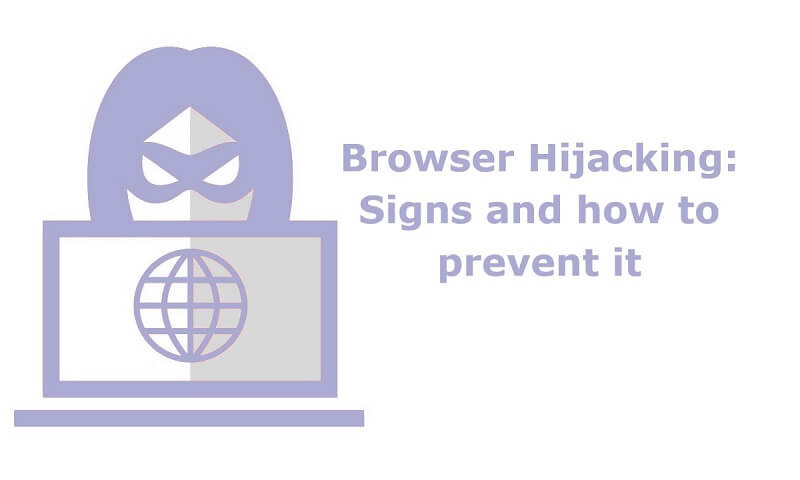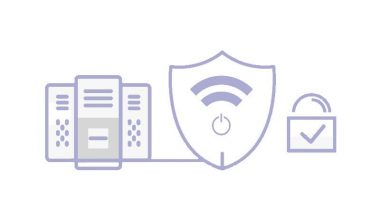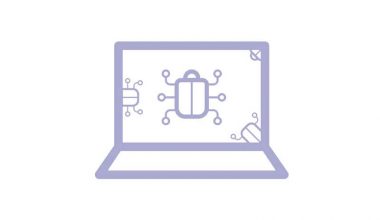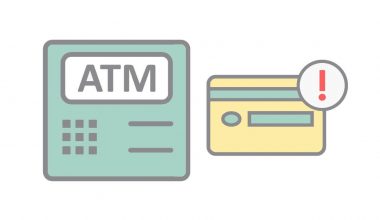Attackers have manipulated buffer overflow bug for around 30 years. This has enabled them to control the gadgets of users and interrupt internet services worldwide. The horrific attack on Whatsapp, which inserted ransomware into the user’s devices, has also shown that this form of attack is still significant to this day. You need to learn about buffer overflow and how to prevent it.
What is Buffer Overflow?
Buffer is an external memory storage space used only to store data briefly when traveling from one location to the other, and such buffers reside in RAM storage. Computers often use buffers to improve efficiency. Many new hard drives use buffering to access information quickly, and several internet services are also using a buffer. Buffers are often used to avoid interference with online video sharing.
The media player saves and retains 20% of the clip at a time in a buffer whenever a video is downloaded and then plays from a specific buffer. It ensures that small decreases in internet speed or sudden service interruptions will not impact the streaming performance of the video.
A buffer is a linear storage segment reserved to hold something from a string of numbers to a set of integers. If more information is placed into a specified-length buffer than the buffer can manage, a buffer overrun or buffer overflow takes place. The additional information that should go elsewhere, it overflows into the contiguous memory space, overwriting the data held in that room.
This overflow not only crashes the system, but it also gives a chance to the attacker to execute the arbitrary code or exploit the programming errors to cause criminal actions. Programming languages are normally vulnerable to the buffer overflow attacks, but the frequency of such assaults differs according to the language used to develop the code.
Consider the buffer as a bus. Only a limited amount of passengers can board on the train. When some passengers leave the train, new passengers can board on that bus. Buffer functions in first-in, first-out order, which ensures this enters and outputs the information in the sequence it came up.
Buffer Overflow Attack
It is an assault where the hacker creates confusion by a buffer overflow to inject malicious software into vulnerable areas, and it causes any command to be executed by an intruder. They can modify the working of the running program, and they can also access the device of the user.
An intruder will intentionally feed a carefully designed input in a system that will force the system to attempt to preserve the information in a buffer that is not big enough to overwrite storage portions linked to the buffer space. If the system’s memory structure is very well-defined, the hacker will intentionally override areas known to contain executable files.
Then the hacker will overwrite this code by his own compiled code that can change the working of the system significantly. For example, if the overwritten part in memory includes a pointer, the code of the intruder may substitute that code with some other pointer pointing to an exploit payload. It will pass the power of the whole system to the software of the attacker.
Who is prone to buffer overflow attacks?
Many programming languages are more vulnerable to such buffer overflow attacks than the others. C++ and C are two common, highly vulnerable languages, as they do not provide any built-in memory security against manipulating or overwriting information. Mac OSX, Linux and Windows have the code written in a single language or both. Programming languages like C#, Java, and PERL have built-in functions that significantly reduce buffer overflow chances, but can’t completely deter it.
What are the types of Buffer overflow attacks
Various buffer overflow attacks use multiple strategies and target specific pieces of the codes. Here are some of the kinds of buffer flow attacks.
- Unicode overflow: A buffer overflow is created by adding some Unicode characters in an input which prefer the (ASCII characters).
- Heap overflow attack: A specific type of data called Heap (which is an open memory pool) is targeted in this type of attack.
- Stack overflow attack: It is the trendy type of buffer overflow attack, with a buffer overflowing on a call stack.
- Integer overflow attack: A mathematical function in an integer overflow ends in an integer, which is a full number that is too big to be stored by the integer type; this can lead to a buffer overflow.
How to be secure from Buffer Attacks
Most of the buffer attacks happen because of software development errors.
- Always keep testing the data to be in the boundaries of a buffer.
- Programmers and developers may overlook the space necessary for the app.
- The data may be sent to some wrong buffer.
- The programmers may overvalue the data in a buffer, and because of that, they overflowed it.
- The languages C and C++ are more prone to the overflow attacks because they do not have built-in-features for protection.
Tips to avoid the buffer overflow attacks
The latest attack on Whatsapp has cleared one thing that it is challenging to be secure from buffer overflow attacks, but it is not impossible. The programmers and developers have the primary responsibility. The best strategy against such attacks is to stay private when you are online and remove all the data footprints. If you have more information and data online, attackers and hackers will get more information during a data leakage.
You may also like:
How to Avoid DDOS Attacks When Gaming?
Shadowsocks vs. VPN: Which One Do You Prefer?
How to protect yourself from brute force attacks?
Browser Hijacking: Signs and how to prevent it
Everything you need to know about GPS spoofing
How to Protect Yourself against Social Engineering?
How Do Hackers Crack Your Password?
If you are looking for a secure VPN service, RitaVPN is the best choice. Using a virtual private network can protect you from cybercriminals as it encrypts your data and provides you a secure tunnel for the traffic. You can access the blocked websites online, and no one can trace your online activities. Download RitaVPN now and enjoy a 6-hour free trial.






